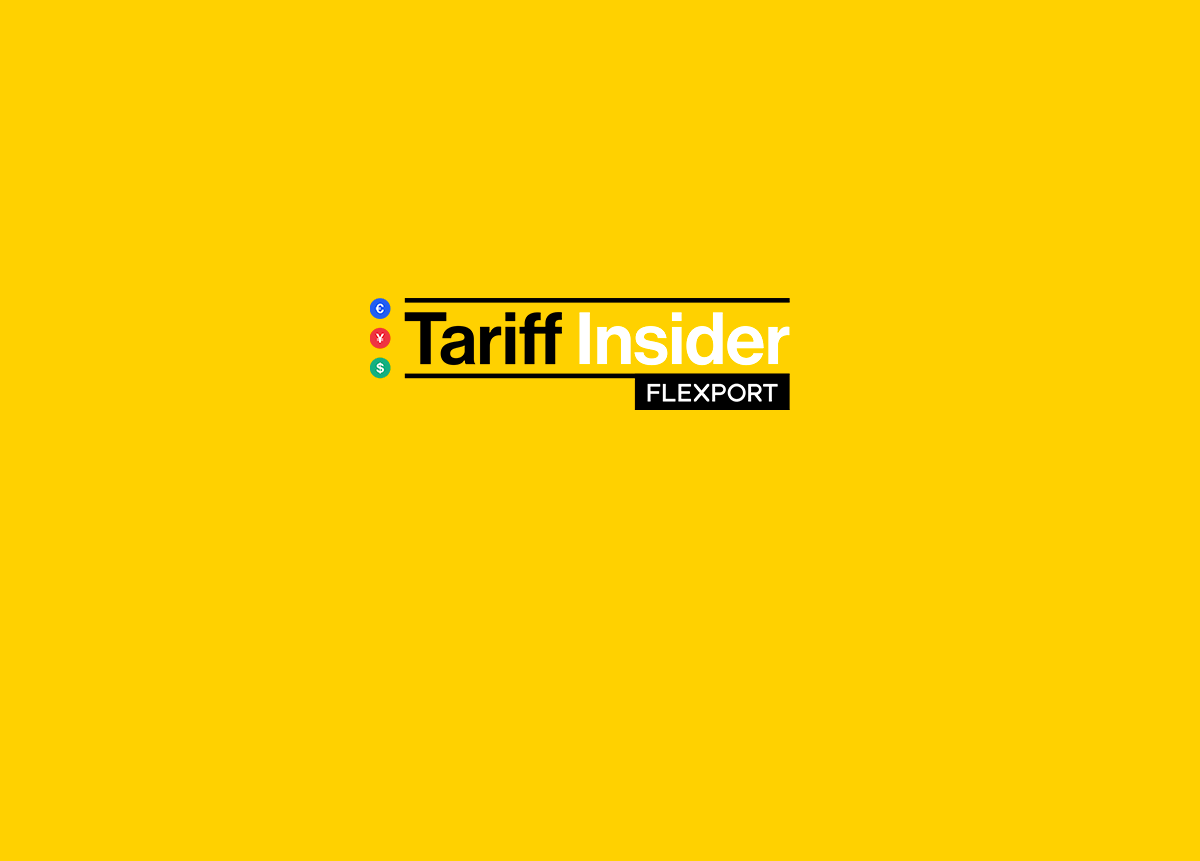
December 21, 2018
Tariff Insider: December 21, 2018
Tags:
Tariff Insider: December 21, 2018

December 21, 2018
The Big News: USDA Launches Second Round of Market Facilitation Payments
U.S. Secretary of Agriculture Sonny Perdue launched the second round of Market Facilitation Program (MFP) payments on December 17, a move that had been delayed in hopes of a trade war resolution. The Market Facilitation Program, started in September of this year by the USDA, is a short-term relief strategy intended to mitigate the effect of tariffs on eligible farmers. MFP payments are based on the applicant’s 2018 production, and a payment rate is established for each commodity. The first round of MFP has already been paid out for the first half of 2018’s production.
The USDA had postponed the second payout in hopes that China would begin purchasing U.S. soybeans again, a commodity that China stopped importing in July in response to the tariffs. China did place a soybean order following the temporary trade truce, but it won’t make up for the impact the trade war has had on the industry this year. The second-round payout of an estimated $4.7 billion is intended to do just that.
Impact: Industries
Changes in the price of cheese: U.S. cheese exports are down after Mexico and China implemented tariffs on U.S. cheese and whey. Cheese that would be exported is instead put in cold storage, decreasing in value the longer it remains there. The domestic market isn’t purchasing the cheese either, as American tastes are trending toward foreign and unprocessed cheeses. As a result, cheese and milk prices are dropping as supply stacks up.
Boeing experiencing rough air: Boeing has been caught in the crossfire of the trade war, as the company balances its relationship with China (its biggest export market) with the U.S. (the location of its manufacturing plant). Boeing was exempted from the 5% tariff China applied to U.S. aircraft in September because of Boeing’s importance to China’s aviation market, but as the U.S.’s largest exporter, Boeing remains a potential tariff target.
Impact: Global Economy
Chinese businesses reducing costs and headcount: Chinese factories experiencing a decline in orders as a result of the trade war tariffs have been finding other ways to make up for lost revenue, including slashing prices on affected products, laying off staff workers, cutting capital expenditures, and cutting wages. More price cutting and layoffs are expected in the coming months in anticipation of further trade war escalation.
Double-digit reductions in U.S. exports to China: Because importers were rushing to get their goods into the U.S. before the implementation of the 2019 tariffs, import volumes into the U.S. West Coast hit an almost record-high. However, this high import volume doesn’t match China’s much lower U.S. to China import volume. As a result, more containers are returning to China empty, costing the industry $20 billion a year. Export volume at the ports of Los Angeles and Long Beach dropped 11.8% in November compared to November of 2017.
Want to get more news and insights about the evolving shipping and logistics landscape? Sign up for Flexport's Weekly Market Update and check back here next week for an updated round-up of tariff coverage.
About the Author

December 21, 2018


